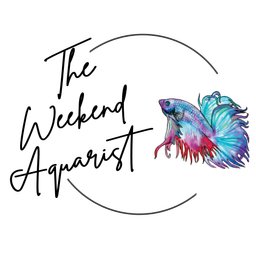Behind The Scenes - At The Still Water Aquatics Plant Farm
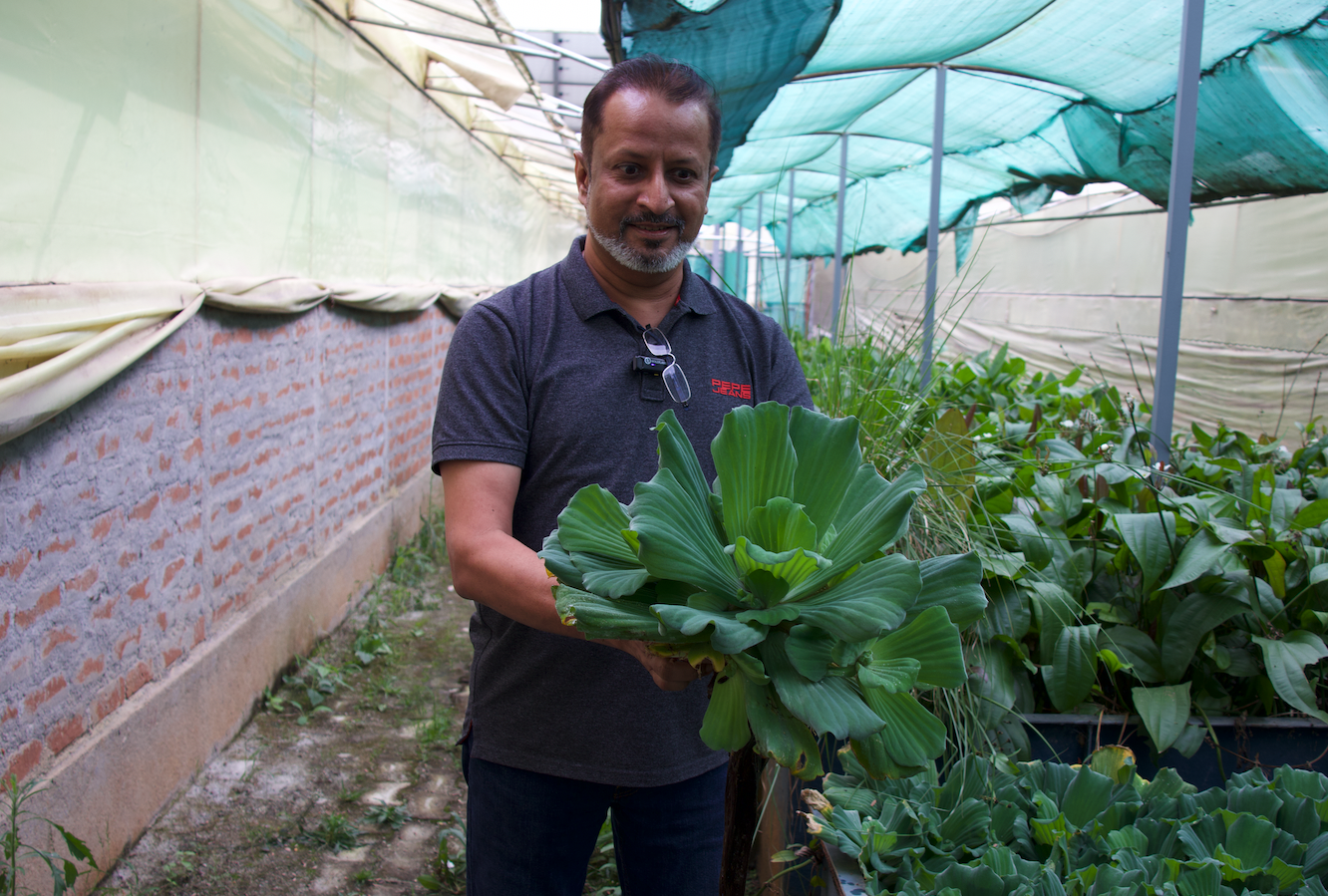
Inside Still Water Aquatics Plant Farm: Behind the Scenes at India’s Premier Aquatic Plant Farm
The art of aquascaping thrives on the beauty and health of aquatic plants. Behind every stunning planted aquarium lies months—even years—of careful propagation, selection, and refinement. This week, The Weekend Aquarist takes you on an exclusive journey inside Still Water Aquatics Plant farm and Tissue Culture Lab, in association with Sri Bhagyalakshmi Farms. From the precision-driven world of tissue culture propagation to the greenhouses filled with emersed-grown aquatic plants, and finally, to the Nature Aquarium Gallery, where plants are tested in aquarium conditions, this facility offers a rare glimpse into the meticulous process of producing high-quality aquatic flora.
The Tissue Culture Lab: Where Science Meets Nature
In the heart of Still Water Aquatics lies its state-of-the-art Tissue Culture Laboratory, a facility dedicated to propagating aquatic plants using sterile, scientific techniques. Unlike traditional propagation methods that rely on cuttings or submersed growth, tissue culture ensures plants are disease-free, pest-free, and of the highest quality.
“Tissue culture is the future of aquascaping, especially for large-scale cultivation,” says Dr. Nataraj, the lead scientist at the lab. “It allows us to produce plants in a controlled environment, ensuring they are free from snails, algae, or contaminants. This is especially important for aquascapers who demand pristine plants for competition-level setups.”
Walking into the lab, one is immediately struck by the sterile environment. White lab coats, gloved technicians, and rows of meticulously labelled culture flasks filled with tiny plantlets create an atmosphere of precision and innovation. Plant tissue culture begins with selecting a ‘mother plant’, which undergoes sterilization before extracting small tissue samples. These samples are then placed in agar-based nutrient media, allowing them to develop roots and shoots in a controlled, contamination-free environment.
“Unlike traditional nurseries where pests and algae can spread quickly, here, every plant starts its life in a completely clean environment,” Dr. Nataraj explains. “Aquarists receive plants that adapt faster and with fewer risks of introducing unwanted organisms into their tanks.”
The lab cultivates over 150 species, including popular choices like Anubias, Bucephalandra, Rotala, Ludwigia, and various mosses. Once the plantlets reach a viable size, they are carefully acclimatized to air in high-humidity chambers before being moved to the greenhouses for further growth.
Join us for a behind-the-scenes walk-through of the Tissue Culture Lab in the video below:
The Greenhouses: Scaling Up with Emersed Growth
“Growing plants emersed allows us to produce larger quantities in a shorter time while maintaining quality," Dr. Nataraj notes as he guides us through the sprawling greenhouse complex. "Plants grown in this way are robust and transition smoothly once submerged in an aquarium."
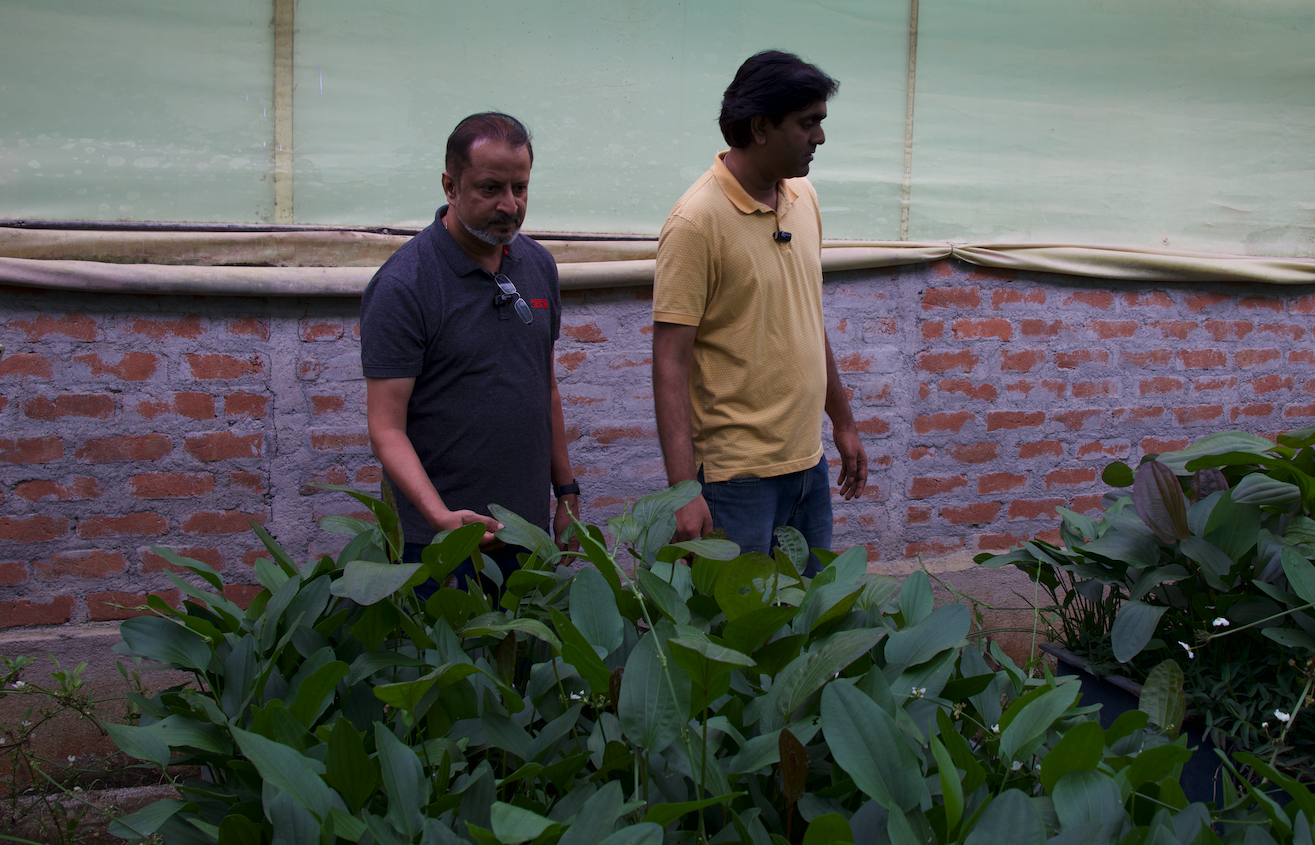
The greenhouse is a sight to behold. Long tables stretch as far as the eye can see, covered in trays of Cryptocorynes, Hygrophila, Alternanthera, and rare varieties of Echinodorus. The humidity is carefully regulated, and natural sunlight is supplemented by full-spectrum grow lights to ensure optimal growth.
“We constantly experiment with different lighting conditions and nutrient solutions to enhance color and resilience,” he adds.
One of the key challenges in large-scale plant farming is ensuring consistency. Dr. Nataraj and his team meticulously monitor nutrient levels, humidity, and pest control measures to maintain uniform quality across all batches.
Join us for a behind-the-scenes walk-through of the Greenhouses and the Nature Aquarium Gallery in the video below:
The Nature Aquarium Gallery: Real-World Testing in Submersed Conditions
The Nature Aquarium Gallery, is a dedicated space where plants are tested in fully aquascaped aquariums. This section of the farm is as much a research facility as it is an inspiration hub for aquascapers.
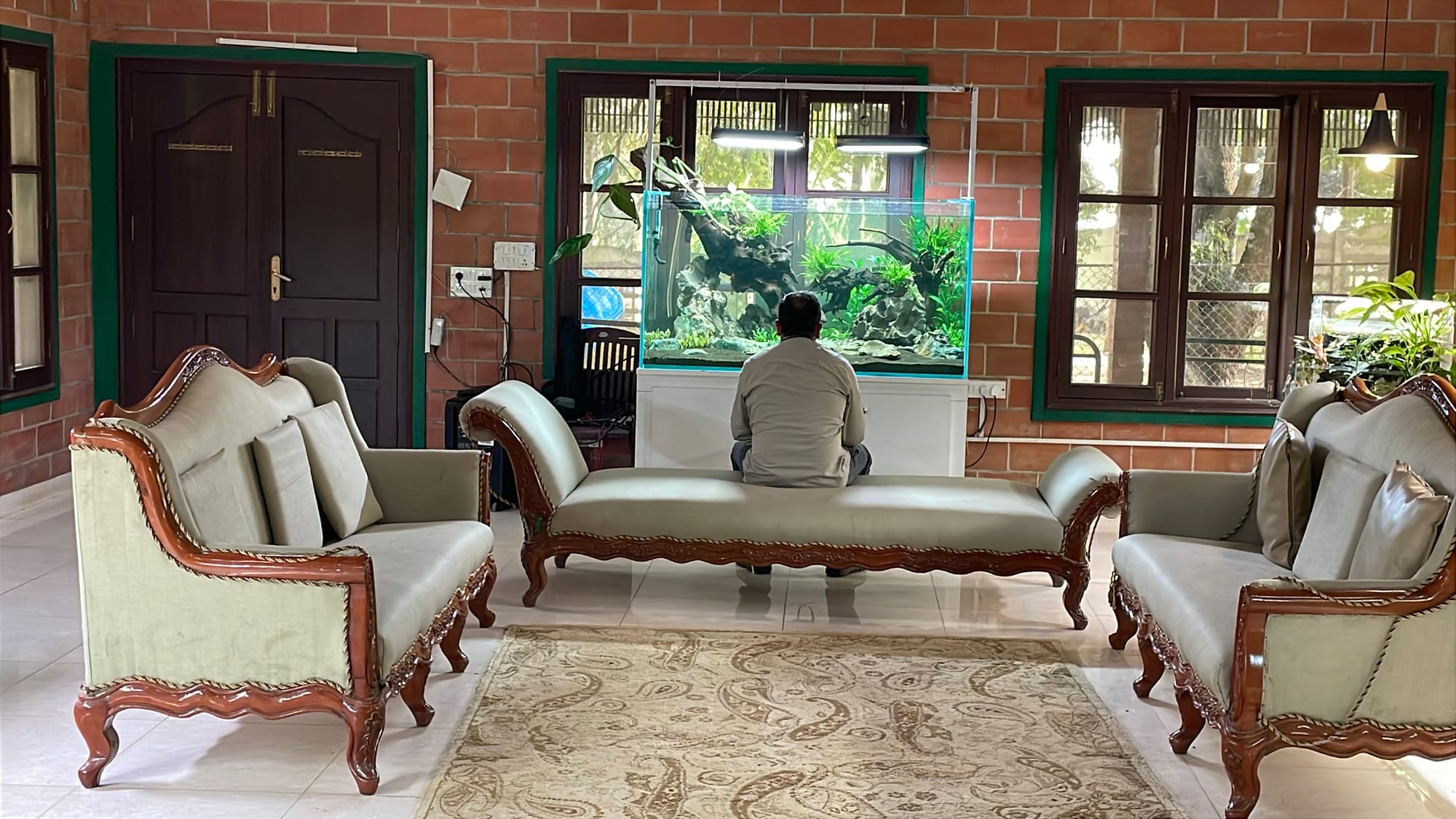
“A plant may look great growing emersed, but unless it performs well underwater, it’s not ready for aquascaping.”
The gallery features a series of stunning display tanks that mimic various aquatic environments, including high-tech CO2-injected setups and low-tech natural-style aquascapes. Each tank showcases different plant species, allowing the team to observe how they transition from emersed to submerged conditions.
“Some species, like Bucephalandra and Cryptocoryne, can take weeks to adapt, while others, like Rotala and Ludwigia, transition quickly,” he notes.
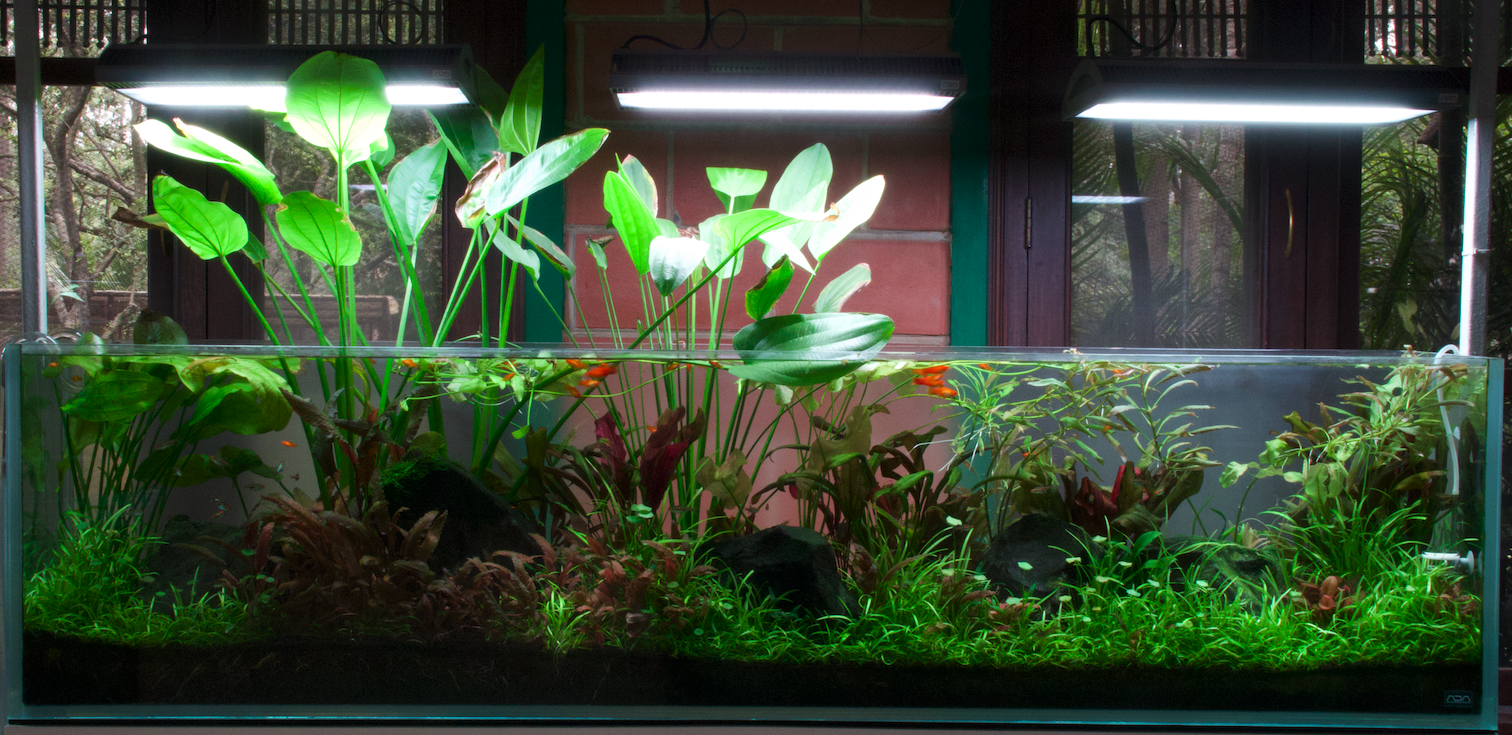
The Nature Aquarium Gallery is also an educational space for visitors, especially schoolchildren planning their school outings with Sri Bhagyalakshmi Farms.
The Future of Aquatic Plant Farming in India
With the growing popularity of aquascaping in India, the demand for high-quality plants is at an all-time high. Still Water Aquatics aims to set new standards in the industry, combining scientific research, large-scale production, and real-world testing. Still, Water Aquatics is a Made in India story; today, they export to all the major countries worldwide, thanks to their distribution tie-up with ADA Japan.
Conclusion
The journey through Still Water Aquatics is a testament to the incredible dedication and expertise required to cultivate top-quality aquatic plants. From the cutting-edge tissue culture lab to the sprawling greenhouses and real-world testing in the Nature Aquarium Gallery, this farm represents the future of aquatic plants in India.
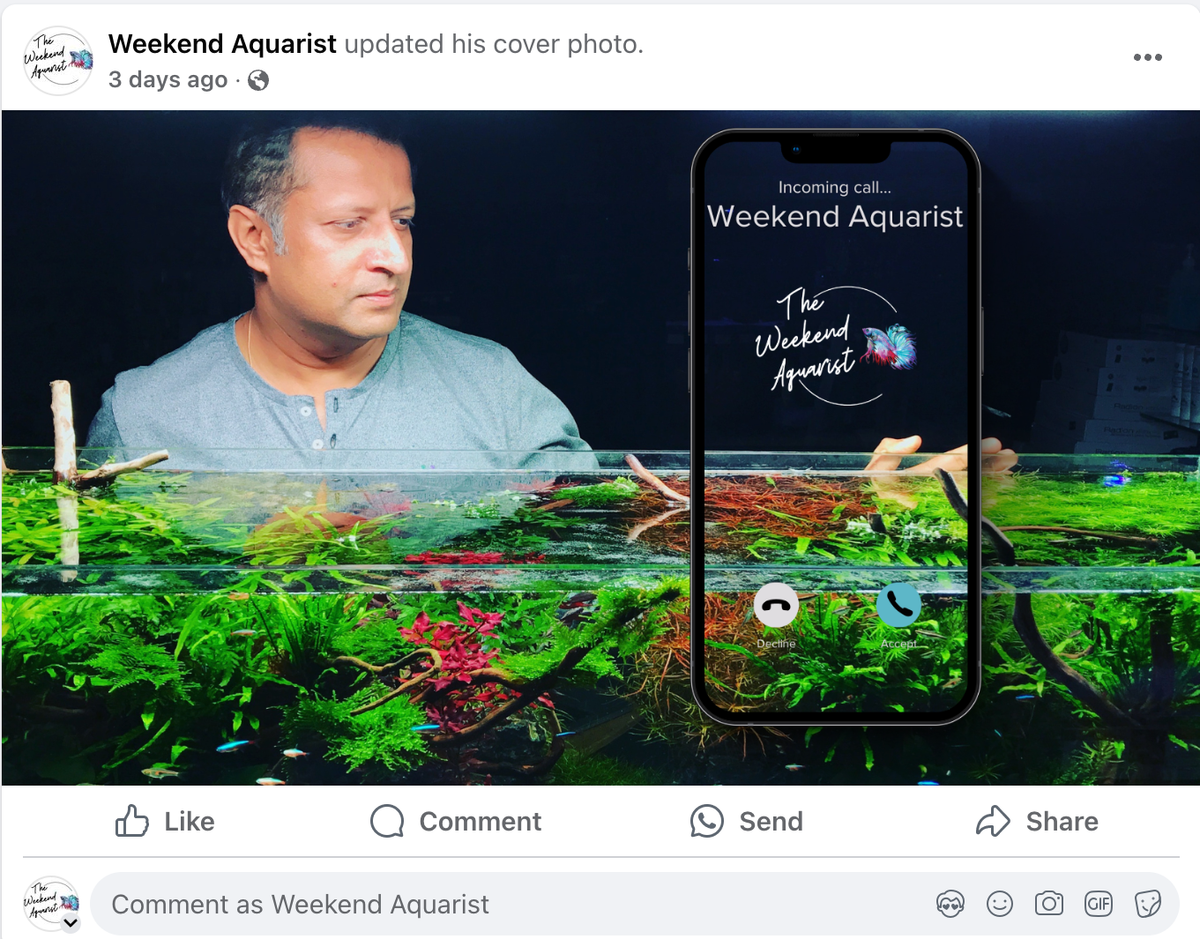
For those who would like exclusive access to the articles published in the first edition of The Weekend Aquarist Magazine, please click on the above link.

